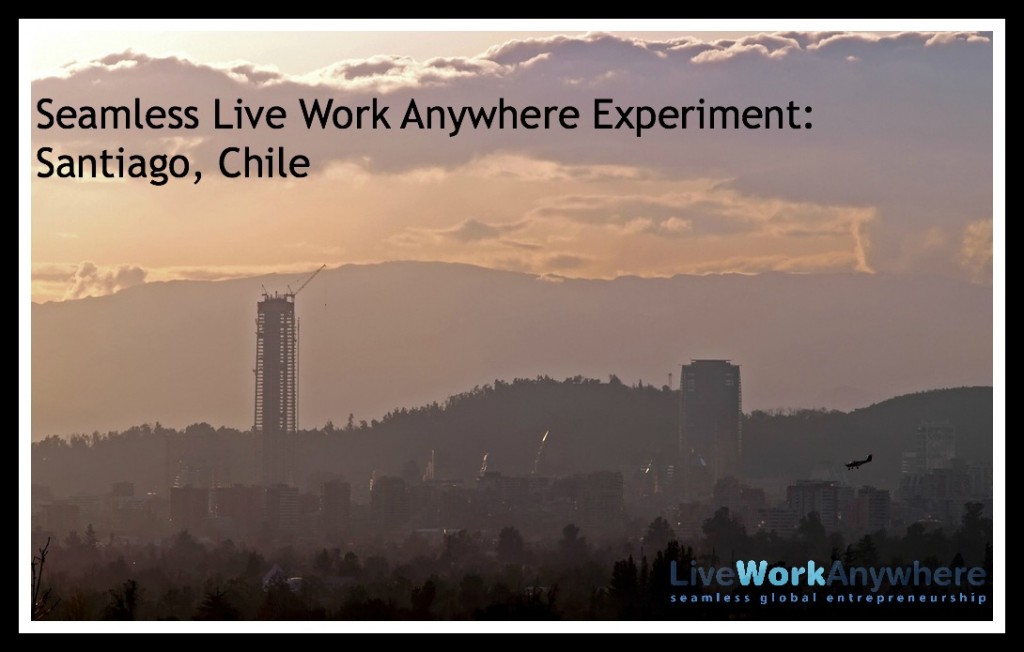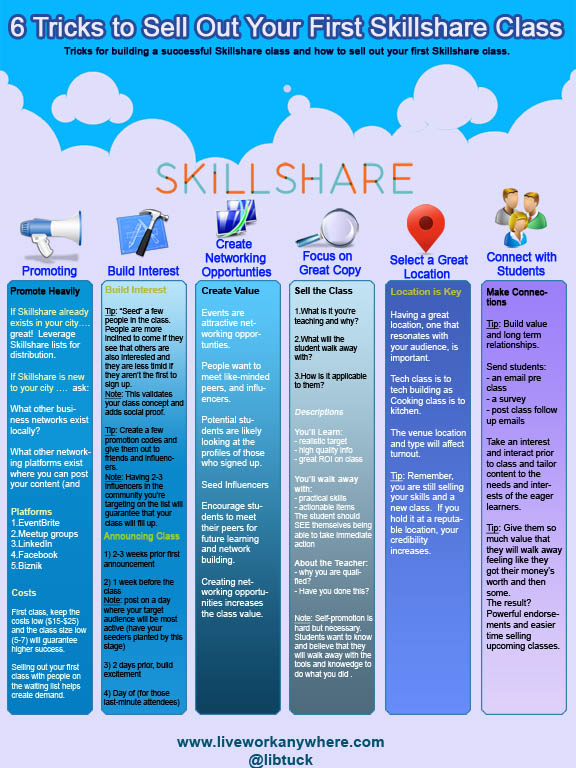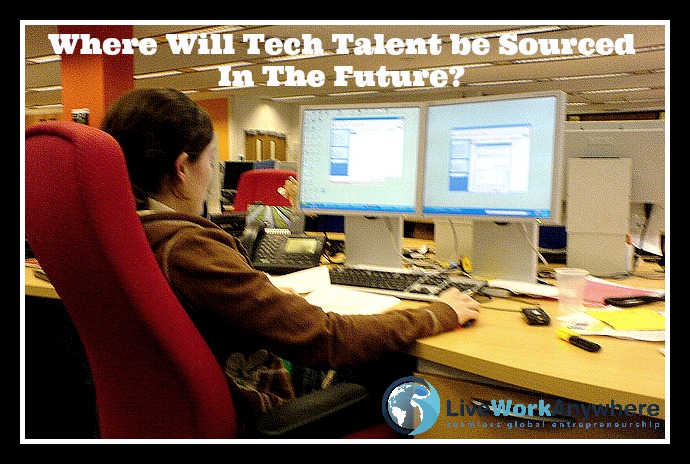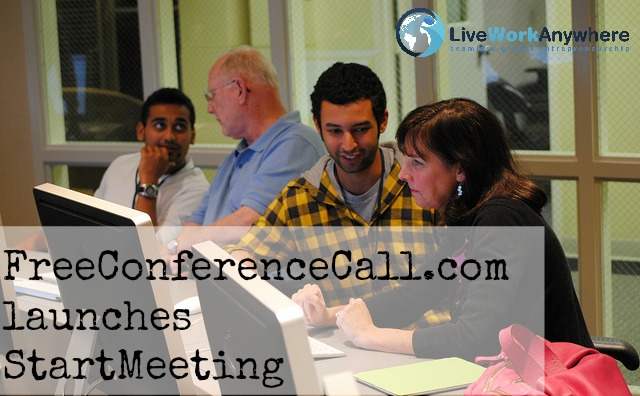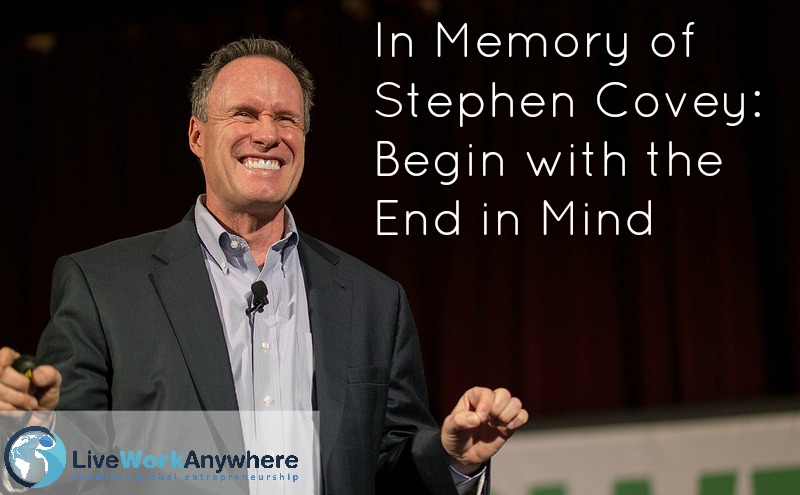The girl in the airport kiosk just saved my life. As I write, I am writing using wifi. Free, unfiltered and no-strings-attached airport wifi. What a blessing.
The IGNITE talk in Santiago finished last night, and on only 2 hours of sleep I had to go the airport. My plane was delayed 3 hours and I had no wifi. Another 3 hour delay for my next connection. I have a report to turn in today for a client. And now I can hand it in on time! So glad that it’s 2 pm here but only 9 am on the west coast…
I gave 3 examples in my IGNITE talk about running seamless experiments in Costa Rica, Budapest, and Buenos Aires – all which had lessons and failings. Like working in the airport, it was all about learning how to get what you needed, and truly work from anywhere.
Here are some examples in which the goal was continuous (seamless) work without interruption, and organized such that I could essentially remain incognito to my coworkers.
1) In Costa Rica, I was lured by the promise of strong wifi and continuous power. These are the basics of what I list as the Mobility Criteria.
But when I arrived, the wifi was shared between a long list of nearby businesses. I had approximately 1/12th of the bandwidth I was promised! Also, the power would frequently go out, which incured the frustration of… no one. People would shrug their shoulders and head to the beach!
2) In Budapest, I stayed with a friend (versus a crowded, dirt-floor hostel) in an apartment, in an attempt to increase my available Internet bandwidth. I ventured out to a cafe one night after finding out that it had wifi and that it was open until 12 am midnight. Bingo!
At a quarter to 8 pm I asked the waiter if they had wifi and he said yes. Great! So I got the password, ordered some food. I ate my food (a sandwich and some Gulyasleves, a.k.a. goulash). Then, I opened my laptop. It was 8 pm. The password worked, but the Internet did not.
I asked the waiter what happened and he said, “We turn the wifi off at 8 pm so that people will socialize from 8pm-12am.” Bad luck.
3) Learning my lessons, I went to Buenos Aires, Argentina. There, I had my own room, my own wifi and power. This time, I got what I needed
There I was, on a conference call, with Budweiser, mid-day, when suddenly… someone starts jack-hammering through the side of the building. A jackhammer?! Just when I thought I’d seen it all. The noise-canceling headphones I swore by were no match for that jackhammer. The power was cut, and … the call was lost.
The lesson from these three incidence are: You never know what’s going to happen. Really, you don’t. You can be in any country and any city of the world, and following the Mobility Criteria, and still have things happen. The key, as with any entrepreneur, is to be resilient and to be flexible.
Keep running experiments, keep being mobile. Each experience is a learning experience and a step forward for the Anywhere Entrepreneur.
What was your last experience like working remotely? Have you had similar challenges?
